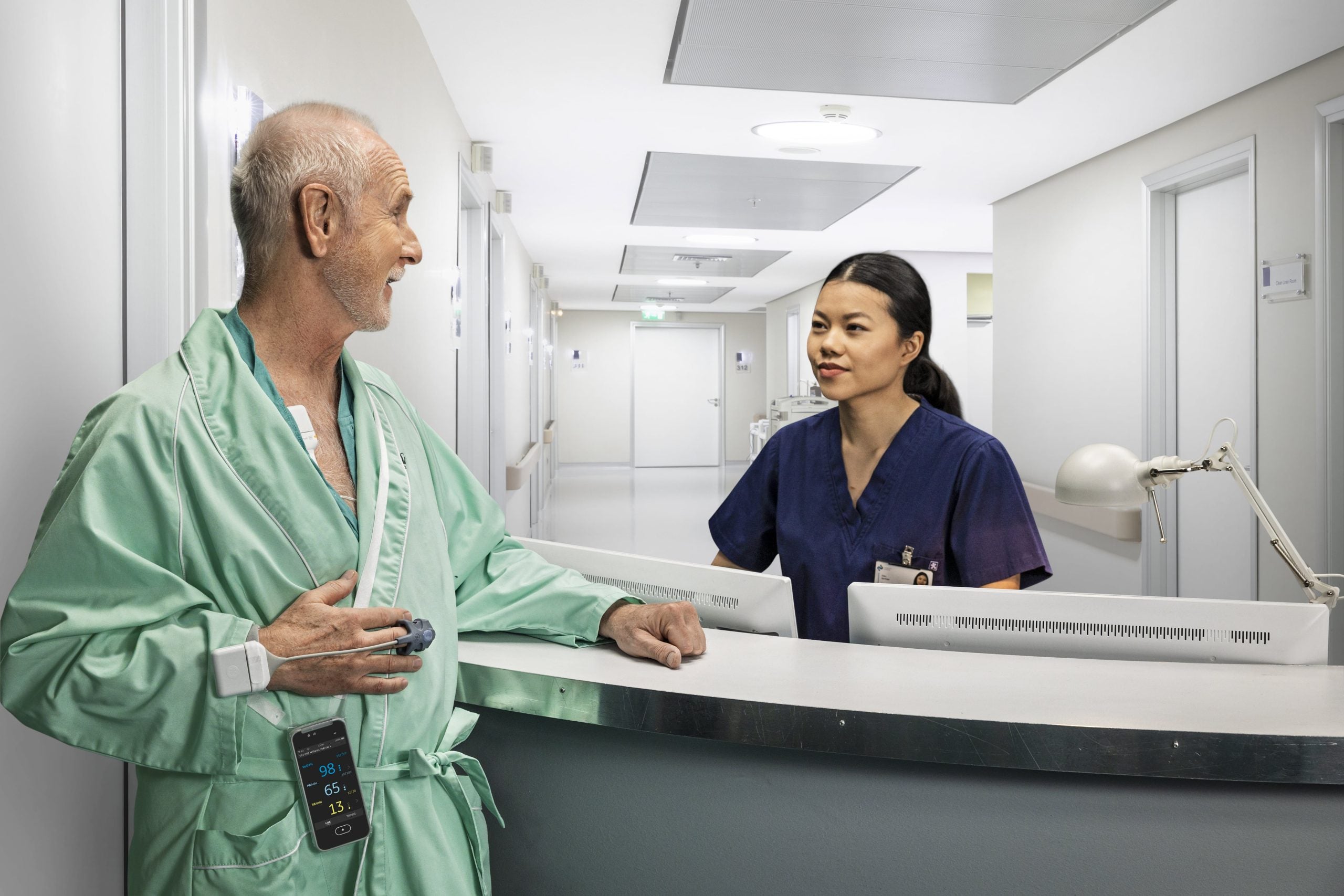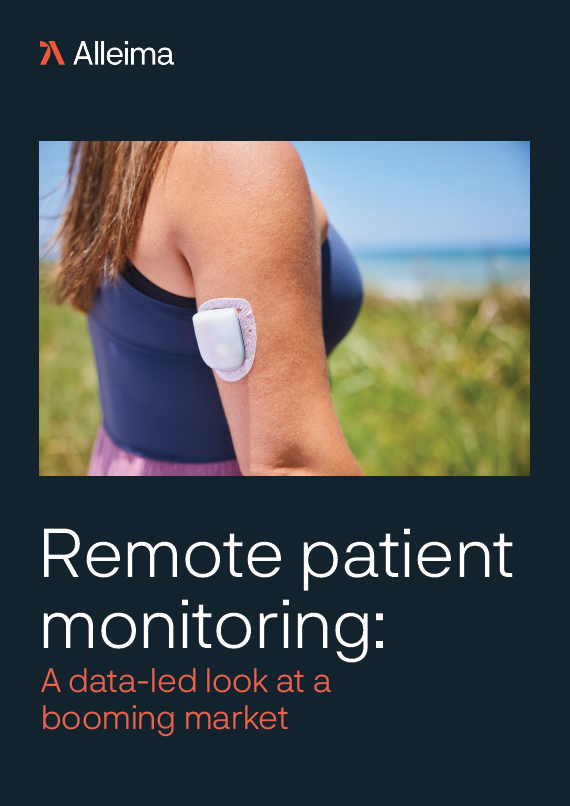
Patients walking on hospital wards could soon be fitted with GE HealthCare’s wireless continuous monitoring solution, after the US Food and Drug Administration (FDA) granted 510(k) clearance to the device.
The device, called Portrait Mobile, enables real-time continuous monitoring of patient’s vital signs such as respiration rate, oxygen saturation and pulse rate. It can alert healthcare providers to impending patient decline and enable necessary intervention.

US Tariffs are shifting - will you react or anticipate?
Don’t let policy changes catch you off guard. Stay proactive with real-time data and expert analysis.
By GlobalDataMoving around the ward is an important part of patient recovery, especially for those who have just had an operation, but monitoring typically occurs every 4-6 hours meaning it can be hard to catch deterioration early. GE HealthCare’s device uses wireless technology that allows patients to freely move around and gives a real-time window into patient data via a phone-sized monitor.
A 2022 report by GlobalData on continuous monitoring indicated that wireless technology is a key trend driving the market. The report also classes GE HealthCare as a leader in the external continuous monitoring device space. Portrait Mobile is part of the medical device giant’s FlexAcuity patient monitoring range.
“It’s important for recovery that patients be able to move around freely while their vital signs are being monitored,” said Neal Sandy, general manager, monitoring solutions, GE HealthCare.
“Until Portrait Mobile, patient monitoring required that patients be tethered to their beds, limiting mobility. GE HealthCare designed Portrait Mobile with this need in mind – the advent of a small wearable, wireless inpatient monitoring solution that provides reliable monitoring to the patient’s care team, while allowing for more patient freedom and flexibility during recovery, is an important advancement in acute care.”







